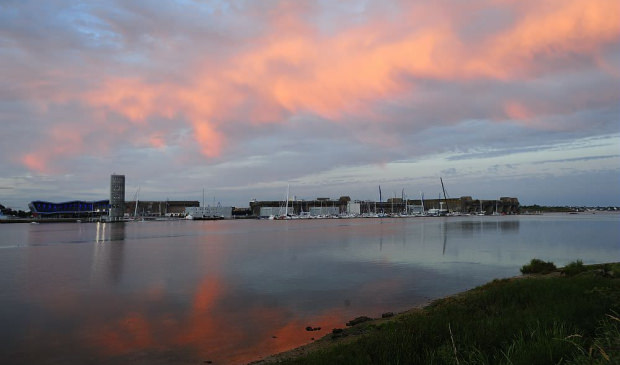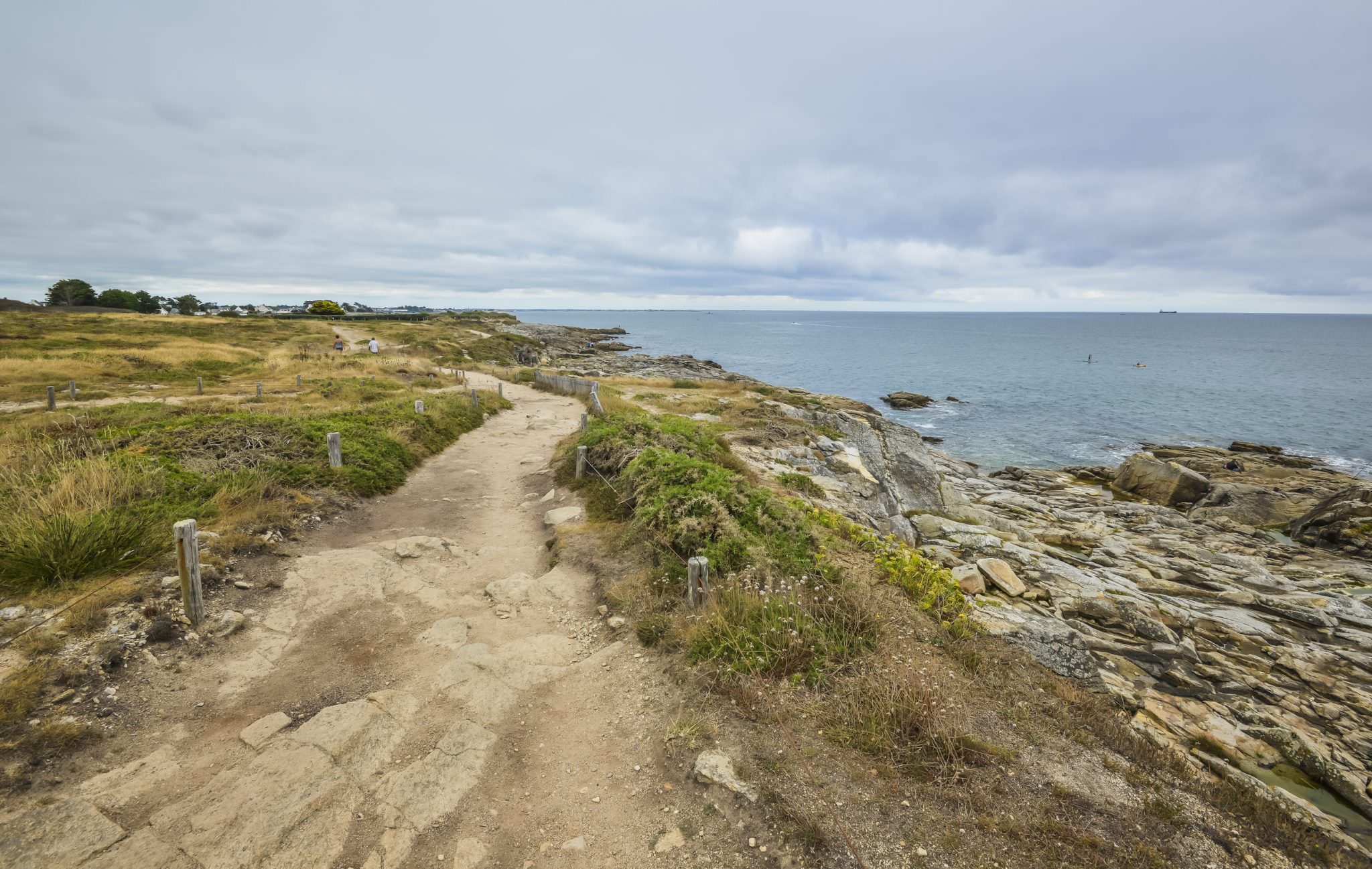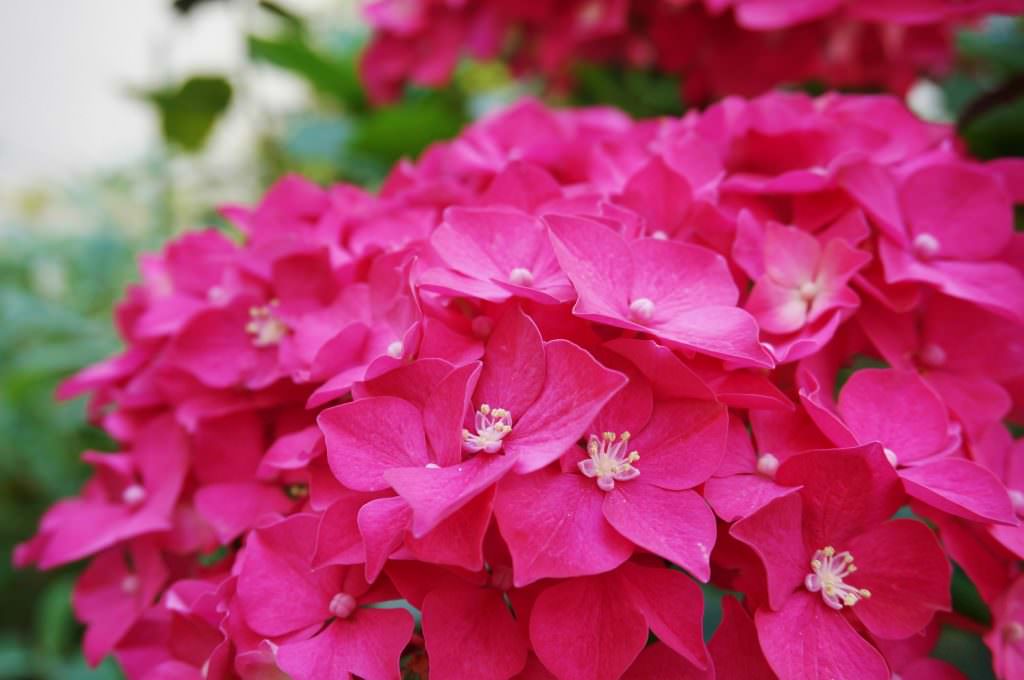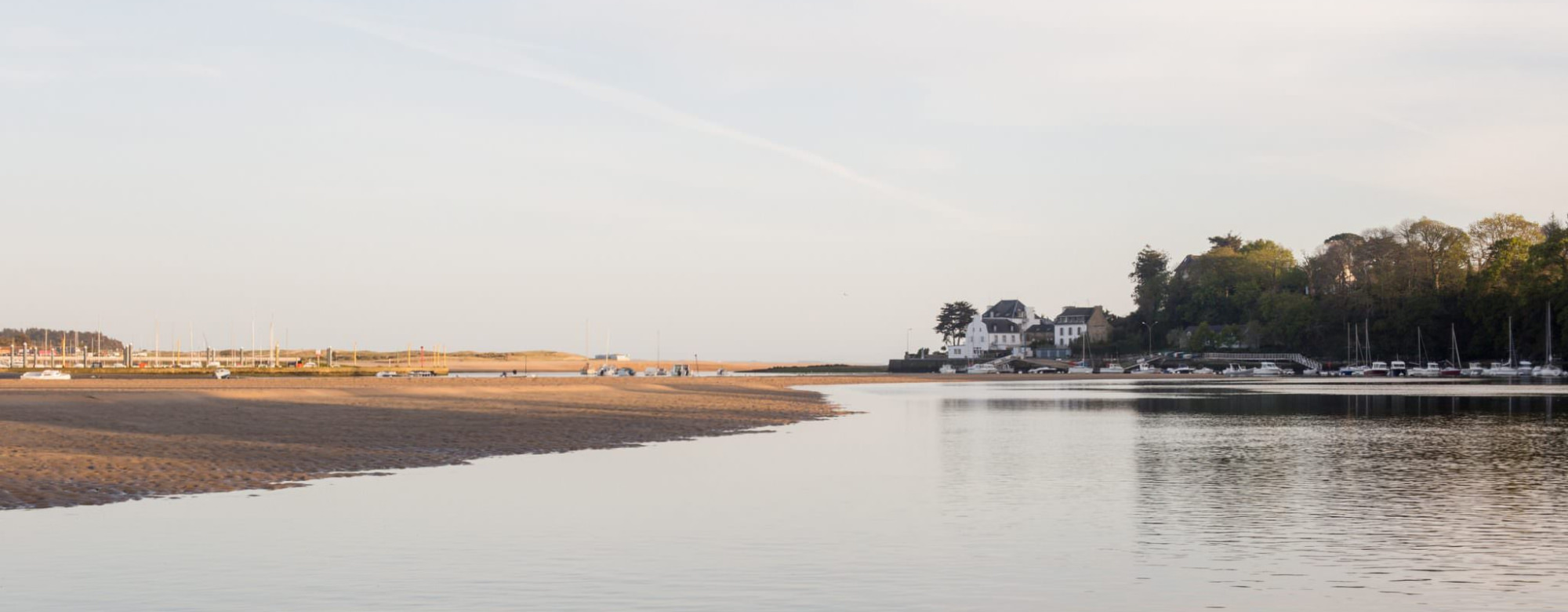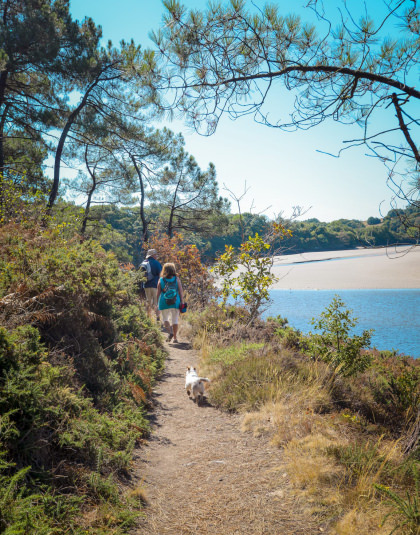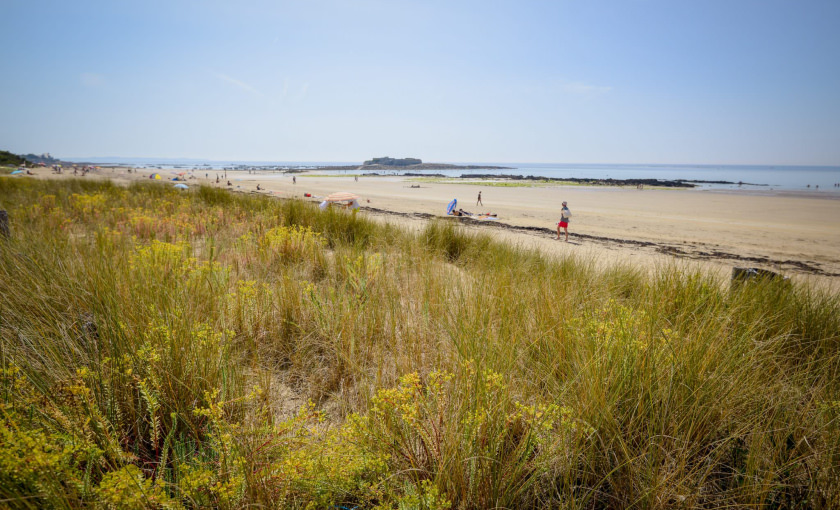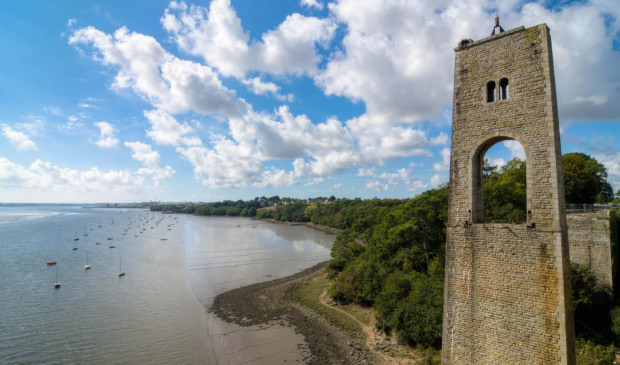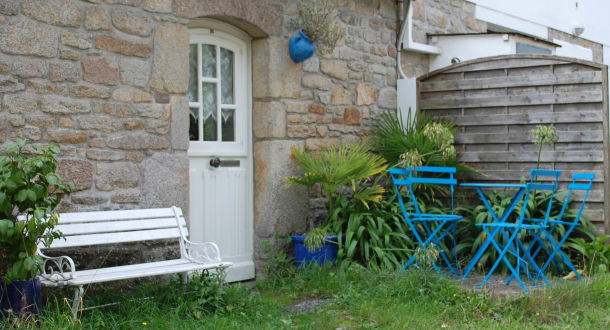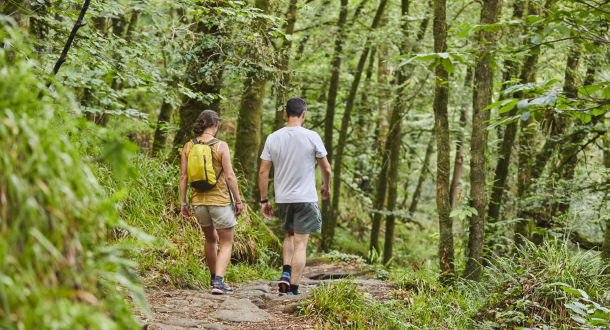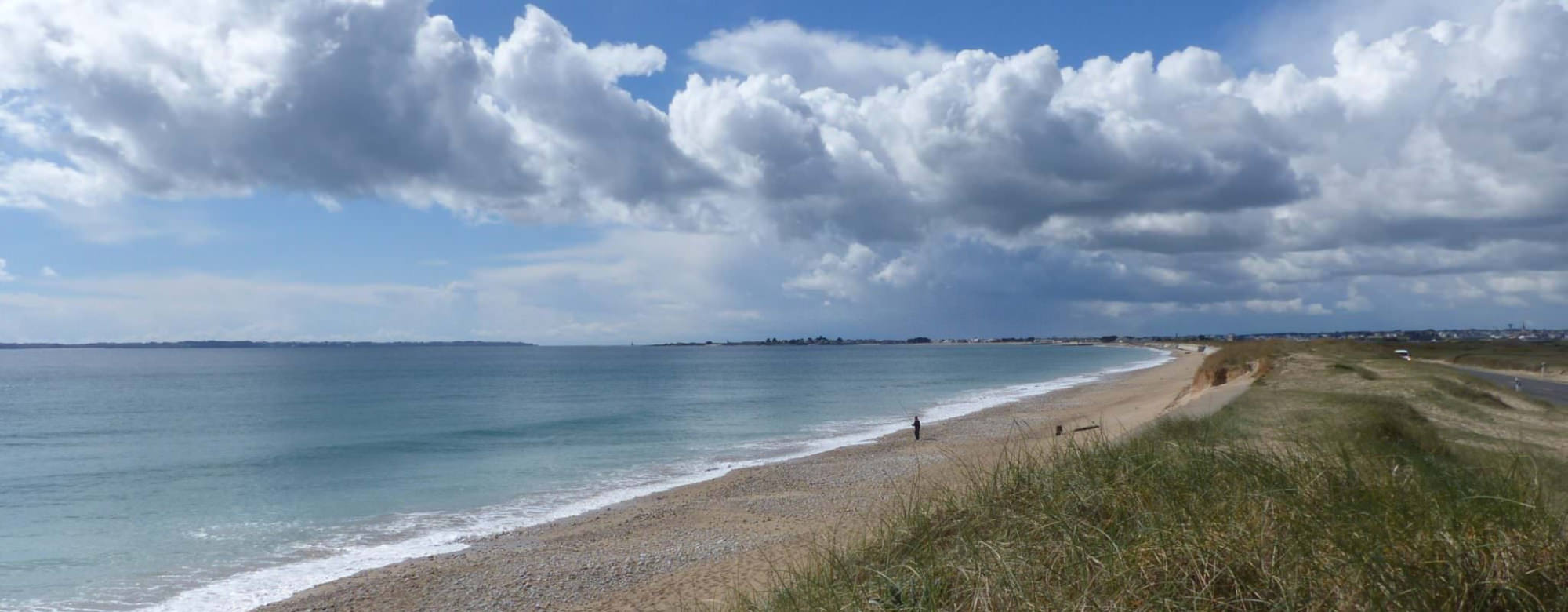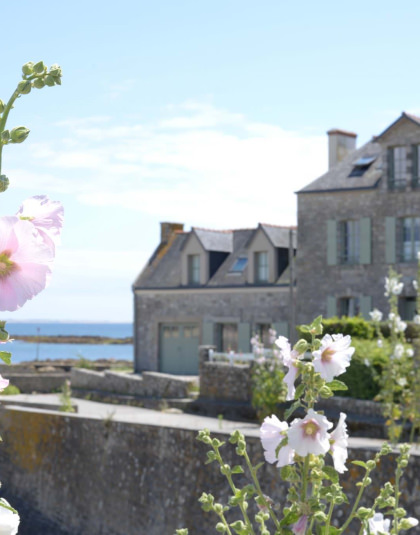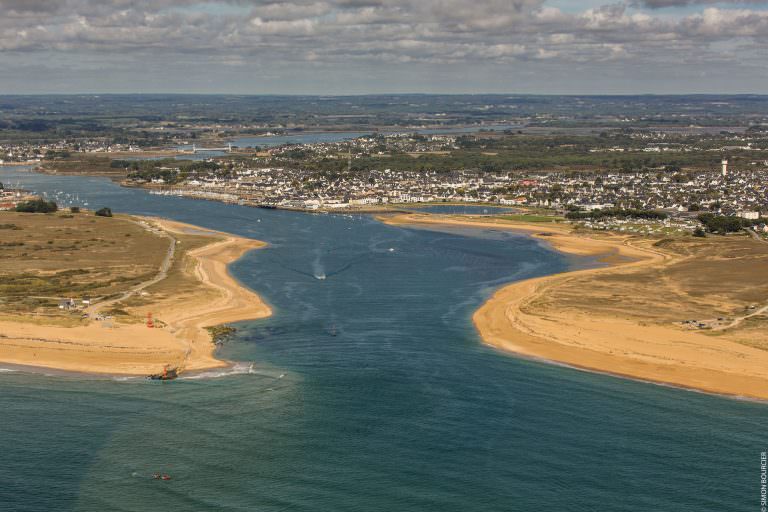Lorient, Lanester
Lorient La Base and the town centre
Skip over the Le Ter lakes. At the entrance to Lorient, the Eric Tabarly sailing museum and the submarine base tell a story of today and of yesteryear. Fishing, trade, the French Navy all have their ships here. The Tour de la Découverte and the Hotel Gabriel stand in proud testimony of the French East India Company.
